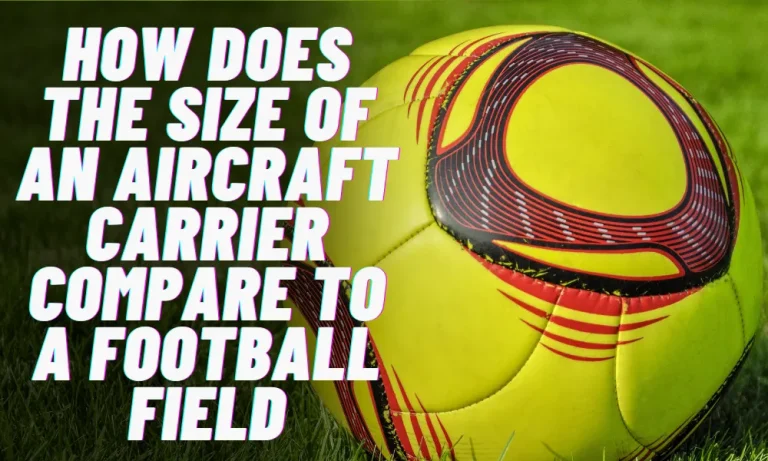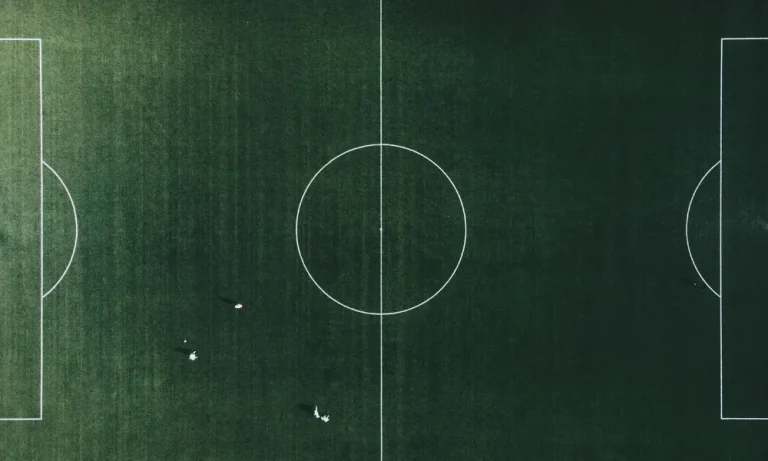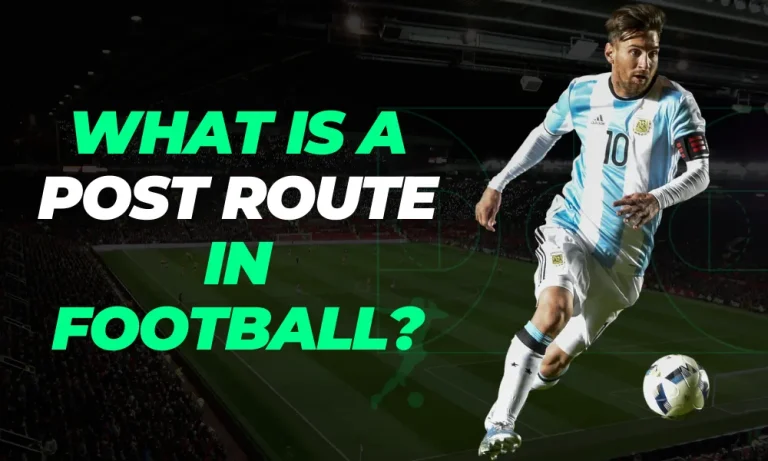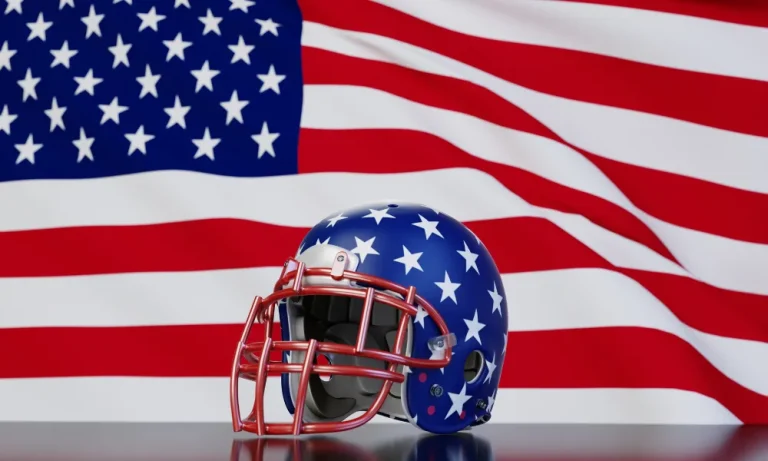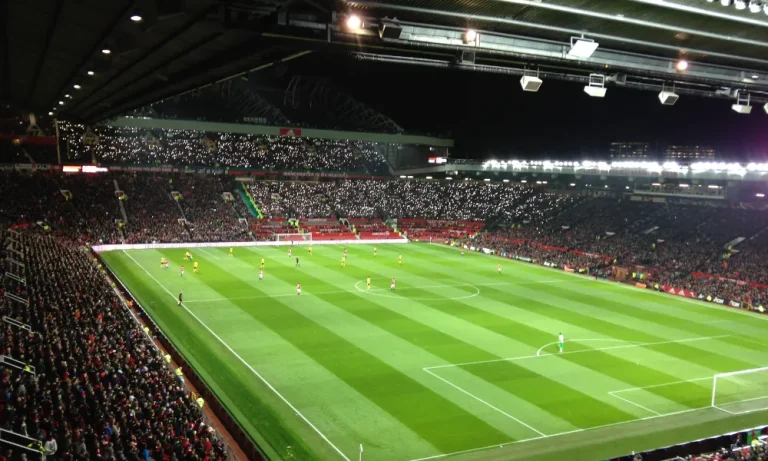Can you wear Soccer Cleats in Football?
Are you a soccer enthusiast who’s been tempted to try your trusty soccer cleats on the football field? Or maybe you’re just curious about whether these two types of footwear are interchangeable. In this blog post, we’ll dive deep into the world of sports gear and answer the burning question: Can you wear soccer cleats in football?
Difference Between Soccer Cleats and Football Boots
Soccer cleats and football boots may appear similar at first glance, but upon closer inspection, you’ll notice significant design elements that set them apart. It’s crucial to understand these differences to make an informed decision about whether you can wear soccer cleats in football.
Stud Configuration: Traction Matters!
One of the key distinctions lies in the stud configuration. Soccer cleats typically feature a variety of stud lengths and patterns to provide optimal traction on different playing surfaces.
On the other hand, football boots often have fewer studs with varying shapes to enhance stability during quick direction changes on grass fields.
Material Matters: Durability vs. Flexibility
When it comes to material, soccer cleats are commonly made from synthetic materials or leather for durability while offering flexibility for agile movements during matches.
Football boots prioritize sturdiness as they endure more physical contact on rougher terrains like turf or artificial pitches.
Ankle Support: High Tops vs. Low Tops
Another noticeable contrast is seen in ankle support. Football boots often come with higher tops extending above the ankle, providing additional stability and protection against potential injuries caused by tackles or sudden changes in direction.
Soccer cleats generally have low-cut designs that allow for greater freedom of movement but offer less ankle support.
The Importance of Proper Equipment in Sports Performance
When it comes to sports performance, choosing the right equipment is essential. And one crucial piece of gear that often gets overlooked but can significantly impact your game is footwear.
Traction: Staying Firm on Your Feet
Having proper traction on different playing surfaces is vital. Whether you’re sprinting down a grass field or making quick cuts on turf, the right footwear with suitable stud patterns ensures optimal grip and prevents slipping.
This allows you to maintain control over your movements and make agile plays without worrying about losing footing.
Stability: Making Quick Moves with Confidence
Quick movements are an integral part of many sports, including soccer and football. Choosing footwear that offers stability helps minimize the risk of ankle twists or sprains during sudden direction changes or pivots.
With stable shoes supporting your feet, you’ll have more confidence to execute those swift maneuvers without fear of injury.
Protection Against Impact: Shielding Vulnerable Areas
Sports involve physical contact and potential impacts. Properly designed footwear provides protection against collisions by incorporating cushioning materials in key areas such as the heel or toe box.
This added protection reduces the risk of foot-related injuries like bruising or fractures when tackling opponents or landing from jumps.
Advantages of Using Soccer Cleats in Football
When it comes to football, the choice of footwear can have a significant impact on your performance. While football boots are designed specifically for the sport, there are certain scenarios where using soccer cleats can provide advantages for players.
Enhanced Agility on Dry Turf
In football, especially on dry turf fields, agility plays a crucial role. Soccer cleats often feature smaller and more numerous studs compared to football boots.
This stud configuration allows for excellent grip and maneuverability, enabling players to make quick cuts, change directions swiftly, and maintain balance during rapid movements.
For positions that require agile footwork like wide receivers or cornerbacks, soccer cleats can provide an advantage.
Lightness for Speed-Focused Positions
Speed is a valuable asset in any sport involving running, including football. Soccer cleats tend to be lighter than traditional football boots due to their streamlined design and materials used in construction.
The reduced weight translates into increased speed potential as players experience less resistance when sprinting down the field or chasing after opponents.
For positions that rely heavily on bursts of speed such as wide receivers or running backs, the lightness of soccer cleats can give them an edge over heavier football boots.
Disadvantages of Wearing Soccer Cleats in Football
While there are scenarios where soccer cleats can offer advantages in football, it’s important to consider the potential drawbacks as well. Using soccer cleats instead of dedicated football boots may come with certain limitations that could affect your performance and overall experience on the field.
Less Ankle Support Compared to High-Top Football Boots
One significant drawback of wearing soccer cleats in football is the reduced ankle support they provide compared to high-top football boots. Football involves physical contact and sudden movements that put stress on players’ ankles.
High-top boots offer additional stability and protection against potential sprains or twists during tackles or quick changes of direction.
Soccer cleats, with their low-cut design, prioritize freedom of movement over ankle support, making them less ideal for positions that require extra stability like linemen or linebackers.
Limited Traction on Wet or Muddy Fields
Another disadvantage arises when playing under wet or muddy conditions. While soccer cleats excel on dry surfaces due to their stud configuration, they might struggle to maintain sufficient traction on slippery fields.
The smaller studs found on most soccer cleat models can get clogged with mud, reducing grip and increasing the risk of slipping during crucial plays such as cuts or pivots.
Rules and Regulations Regarding Footwear Choices
In the world of sports, rules and regulations ensure fair play and maintain a level playing field. When it comes to footwear choices in football, both the NFL and FIFA have established guidelines that players must adhere to.
Understanding these official regulations is crucial for every player to avoid penalties or disqualification.
NFL Regulations: Shoe Type Matters!
The National Football League (NFL) has strict regulations regarding shoe type. According to their guidelines, players are required to wear shoes with molded soles that provide adequate traction on grass surfaces.
The use of metal-tipped cleats or any other form of sharp elements is strictly prohibited due to safety concerns for both the players themselves and others on the field.
FIFA Guidelines: Player Equipment Standards
FIFA, the international governing body for soccer, has comprehensive guidelines concerning player equipment—including footwear requirements.
While they don’t explicitly dictate specific types of cleats or boots, FIFA emphasizes that all equipment should be safe and not pose any danger to players or opponents during matches.
These guidelines generally align with those set by individual football associations around the world. They prioritize player safety while allowing freedom in choosing appropriate footwear styles that meet performance needs within certain parameters.
FAQs
1: Can you wear soccer cleats in football?
Yes, you can wear soccer cleats in football, but it’s important to consider the specific rules and regulations of the league or organization you are playing in.
2: Are soccer cleats as supportive as football boots?
Soccer cleats generally provide less ankle support compared to high-top football boots. So, if ankle stability is a priority for your position or playing style, specialized football boots may be more suitable.
3: Do soccer cleats offer good traction on all surfaces?
Soccer cleats excel on dry turf surfaces due to their stud configuration. However, they may have limited traction on wet or muddy fields where they can get clogged with mud and reduce grip.
4: Can wide receivers benefit from wearing soccer cleats in football?
Yes, wide receivers who rely on agility and speed-focused positions may find advantages with soccer cleats due to their lightweight design and enhanced maneuverability during quick cuts and route running.
5: Are there any specific guidelines regarding footwear choices in professional leagues like the NFL or FIFA?
Yes, professional leagues such as the NFL (National Football League) and FIFA (Fédération Internationale de Football Association) have established guidelines governing footwear choices. It’s essential to understand these rules to ensure compliance during play.
Conclusion
While soccer cleats can offer advantages in certain scenarios for specific players or playing conditions, it’s important to consider the potential drawbacks and adhere to official rules and regulations.
Ultimately, the decision of whether to wear soccer cleats in football should be based on individual preferences, position requirements, and safety considerations.

